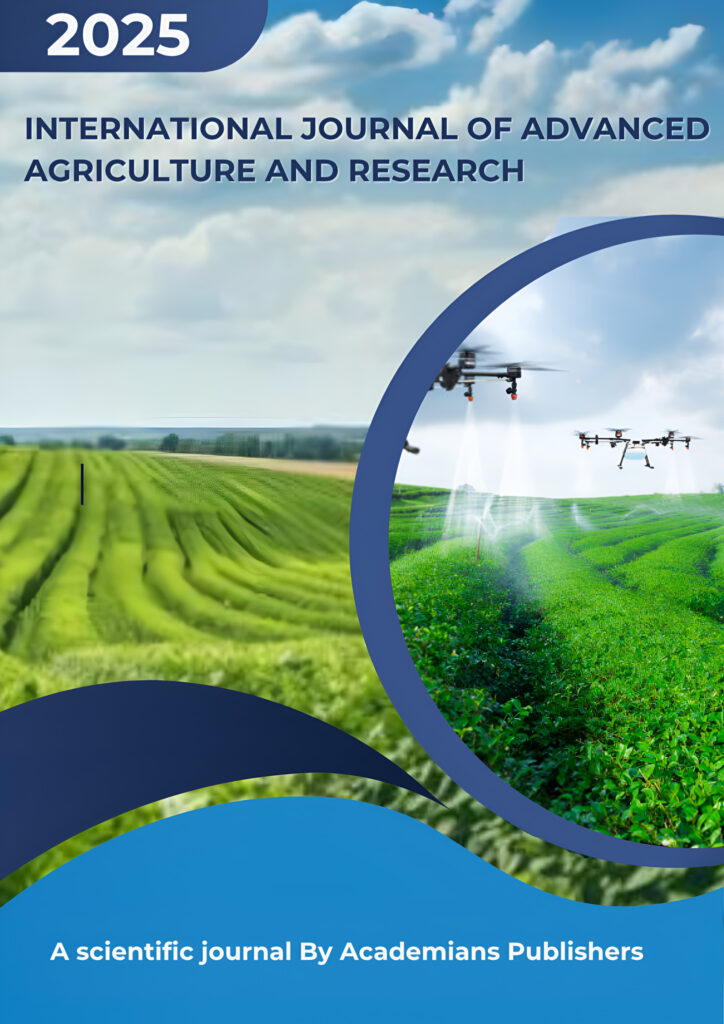
An Open Access Peer Reviewed International Journal.
Publication Frequency: Bimonthly
ISSN Online: XXXX-XXXX
Country of Origin: Nigeria
Language: English
Publisher Name: Academians Publishers
Synthetic Data Augmentation, Generative Adversarial Networks (GANs), Class Imbalance, Precision Agriculture, Maize Seedling Detection, YOLO, Deep Learning, UAV.
The automation of plant stand counting via Unmanned Aerial Vehicles (UAVs) and deep learning represents a paradigm shift in precision agriculture. However, the performance of object detection models is severely hampered by a fundamental challenge: extreme class imbalance in real-world agricultural datasets. Models excel at detecting prevalent “single plant” instances but fail on rare yet agronomically critical “double” and “triple” plant clusters. This study proposes a novel methodology to mitigate this imbalance by leveraging Generative Adversarial Networks (GANs) for synthetic data augmentation. Building upon the publicly available Maize Seedling Detection Dataset (MSDD), we developed a conditional StyleGAN2-ADA architecture to generate high-fidelity, synthetic images of double and triple maize seedlings across varied growth stages (V4-V8) and environmental conditions. We augmented the original MSDD training set with this synthetic data and benchmarked the performance of YOLOv9 and YOLO11 models. Results demonstrate that models trained on the augmented dataset showed a marked improvement in detecting rare classes. The mAP@0.5 for double plants increased by 18.7% for YOLOv9 and 22.3% for YOLO11, while recall for triple plants improved by 15.1% and 19.8%, respectively, without compromising performance on the single plant class. This research establishes a robust, scalable framework for synthetic data generation in agricultural computer vision, effectively addressing data scarcity for rare classes and paving the way for more reliable automated stand counting systems in precision agriculture.
